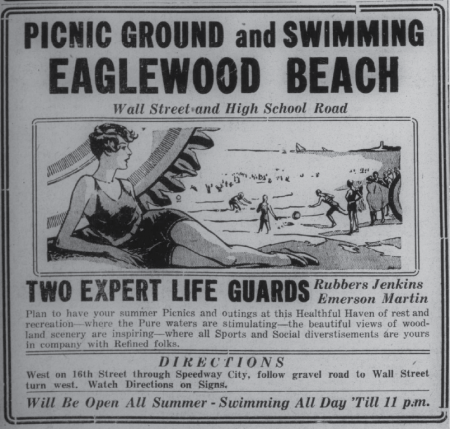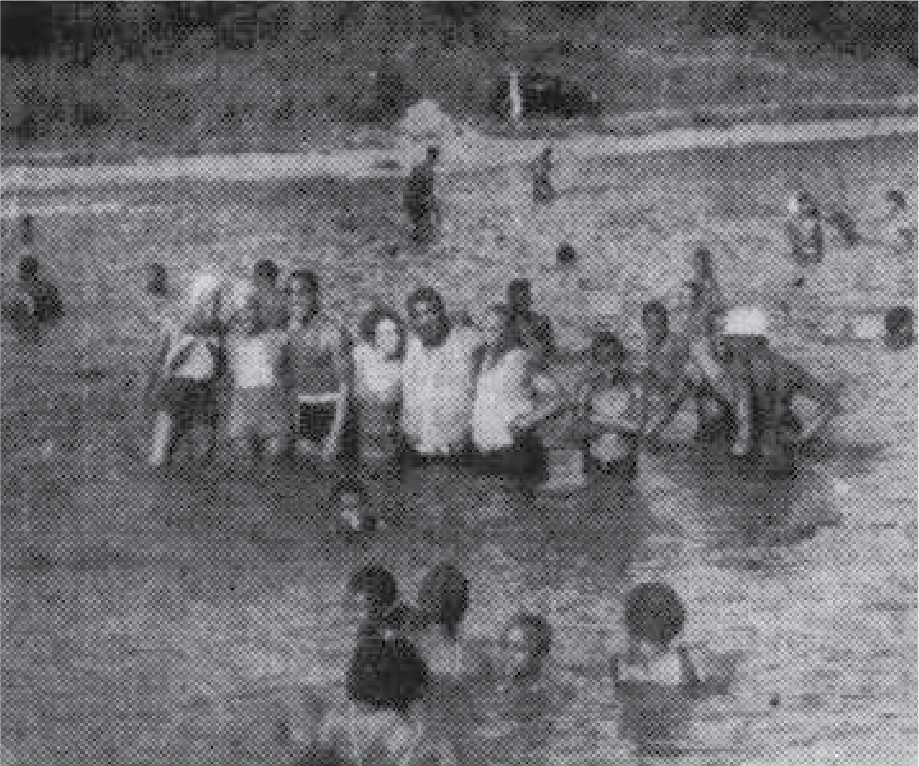From Segregation
to Celebration:
The History
Belmont Beach
In the 1920s, the stretch of the White River running through Downtown Indianapolis was anything but white. Newspapers wrote of a “black scum” on its surface, the result of industrial chemicals and slaughterhouse waste dumped by local industries.
Yet, in spite of this pollution, a segment of the river south of the Emrichsville Dam became a community swimming area. The reason for this unlikely transformation? Racial segregation.


A Resilient Response
to Racist Policies
A century ago, the local parks system, like much of Indianapolis, was racially segregated. At the time, Douglass Park in the Martindale-Brightwood neighborhood was the only park where Black residents were allowed to swim. Yet a large percentage of the local Black population lived along Indiana Avenue and in Haughville on the city’s near westside.
Black residents of the era lobbied for additional swimming pools, but city officials ignored their pleas, and even blocked attempts by Black entrepreneurs to open a waterfront park at what is now Municipal Gardens.
It was in these circumstances that Belmont Beach emerged as a solution to the need for water recreation for Black residents. City officials allowed it only because pollution rendered that stretch of the river useless to white residents. This stark reality epitomized environmental racism, as Belmont Beach was only permitted due to its degraded state.


Building Community
Amidst Adversity
Despite these harsh realities, Belmont Beach became a vital gathering place. Black residents found in the area a source of recreation and joy—a place where people could gather, children could play, and community could flourish. It was more than just a swimming hole; it was a symbol of the community’s ability to thrive in the face of oppression. It also showcased the ingenuity of Black residents who, even in the face of segregation, created a place of connection and celebration.
With this history in mind, the current revival of Belmont Beach by Near Westside residents is a powerful act of reclamation. It honors our forebears by transforming a symbol of oppression into a space for joy and celebration. As the White River continues to recover from years of pollution, Belmont Beach stands as a testament to resilience and hope for a brighter future.
Belmont Beach is a 100% grassroots initiative. Join the movement to help ensure it continues to thrive for years to come.
